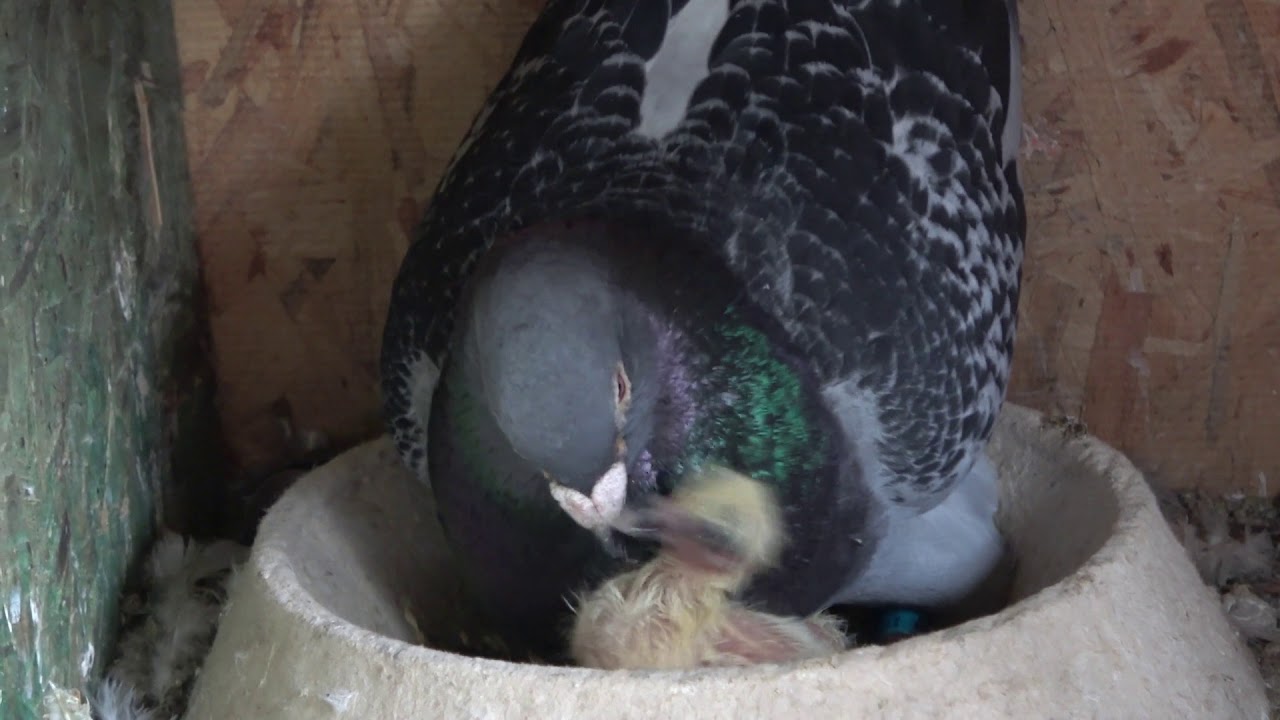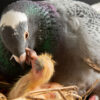
How to Improve Hatch Rates and Squab Health: A Complete Guide for Pigeon Breeders
Racing pigeons are champions in the air—but that journey starts in the nest. Improving hatch rates and ensuring healthy squab development is the foundation of a winning loft. Whether you’re a seasoned breeder or new to the game, achieving consistent fertility, strong hatchlings, and fast-growing squabs can be a challenge.
From infertile eggs and poor hatch timing to weak squabs and high mortality, many issues can derail your breeding efforts. The good news? With the right management practices, nutrition, and environment, you can significantly boost your hatch success and raise robust, thriving young birds.
In this guide, we’ll break down everything you need to know to improve hatch rates and squab health in a natural, science-backed, and sustainable way.
Why Hatch Rates and Squab Health Matter in Racing Pigeons
Breeding is where your future champions are born. Healthy, properly developed squabs grow into stronger, smarter, and more resilient racers. Poor hatch rates or early squab losses don’t just cost time—they limit your pool of potential winners.
Key benefits of optimizing hatch rates and squab care:
-
Higher loft productivity (more viable squabs per pair)
-
Stronger immune system from early development
-
Better body condition and feathering
-
Improved training performance and learning ability
-
Long-term breeding line preservation
Let’s dive into the specific ways to improve your results—starting at the egg.
1. Optimize Breeder Health Before Pairing
The health of your breeders directly impacts fertility and squab vitality. Birds need to be in top shape 4–6 weeks before pairing.
Recommended Steps:
-
Supplement Vitamin E & Selenium: Supports reproductive health and fertility in both sexes.
-
Administer Multivitamins: Boost overall health and prevent deficiencies that impact egg development.
-
Add Probiotics & Gut Health Support: A healthy gut improves nutrient absorption and egg quality.
-
Check for Parasites: Treat for internal and external parasites before pairing to reduce stress and illness risk.
-
Quarantine New Breeders: Keep newcomers isolated for at least 21 days to avoid disease introduction.
Solution Tip: Run a pre-breeding health check with your avian vet or conduct DIY health scoring based on weight, feather condition, and droppings analysis.
2. Improve Loft Environment for Egg Fertility and Hatch Success
Even with fertile pairs, environmental conditions can reduce hatch success. Temperature swings, poor ventilation, and humidity issues can cause infertile eggs or embryo death.
Ideal Conditions:
-
Temperature: 65–75°F (18–24°C)
-
Humidity: 55–65% during incubation
-
Lighting: 12–14 hours of light encourages breeding hormones
-
Ventilation: Proper airflow reduces respiratory stress without drafts
Also, reduce loft stress by:
-
Minimizing loud noises and predator exposure
-
Providing stable perches and adequate nest boxes
-
Avoiding overcrowding
Solution Tip: Use a hygrometer to monitor humidity in the breeding section. Mist lightly in dry winter months or install a humidifier.
3. Choose the Right Nest Setup and Materials
The quality and location of the nest directly affect egg safety and squab warmth.
Best Practices:
-
Use sturdy, easy-to-clean nest bowls
-
Provide soft but breathable nesting materials like straw, pine needles, or shredded paper
-
Secure nests at a height to reduce floor chill and foot traffic
-
Replace dirty nests between rounds to prevent bacterial buildup
Solution Tip: Disinfect nest bowls between rounds using a bird-safe disinfectant. Let air dry fully before reuse.
4. Boost Egg Fertility with Natural Supplements
Even healthy pigeons sometimes lay infertile eggs. This can be improved through targeted nutritional support.
Fertility Boosting Supplements:
-
Vitamin E + Selenium: Enhances sperm mobility and egg quality
-
Choline & Methionine: Supports egg yolk development
-
Zinc + Manganese: Key for reproductive function
-
Omega-3 Fatty Acids: Improve overall reproductive efficiency
Solution Tip: Start a fertility supplement blend at least 2–3 weeks before mating. Continue through egg laying.
5. Use Candling to Track Fertility and Embryo Development
Don’t wait until the hatch date to find out if eggs are viable. Use a candler (LED flashlight) around day 7–10 to check for:
-
Fertility: Look for red veins and an embryo
-
Infertility: Clear egg with no visible change
-
Early Death: Blood ring or dark spot with no movement
This allows you to replace eggs, foster out late pairs, or recondition the parents quickly.
Solution Tip: Candle all eggs twice—once at day 7 and again at day 14. Keep records for each pair.
6. Support Hen Nutrition During Incubation
Many breeders neglect the hen’s diet during incubation, but this is when the egg’s environment is maintained through body warmth and subtle nutrient exchange.
What to Provide:
-
Calcium + Vitamin D3: To avoid calcium drain and softshells in future rounds
-
Probiotics: Prevents crop and gut disorders during inactivity
-
Trace Minerals: Like iodine, copper, and iron to help maintain hormonal balance
Solution Tip: Mix a calcium/vitamin D3 powder into soft food once a day or offer liquid minerals in water every 3 days.
7. Strengthen Squab Health from Day One
The first 2 weeks of a squab’s life are the most vulnerable. Parent-fed “crop milk” is nutrient-rich, but the quality depends on what the parents are eating.
Improve Squab Survival By:
-
Feeding soft food blends to parents that include probiotics, protein, and vitamins
-
Adding oregano, garlic, or natural immune boosters to water to reduce bacterial load
-
Ensuring parents are not stressed (which can reduce feeding frequency)
Solution Tip: Offer breeders a soft food mash made of pigeon pellets, soaked grains, and conditioning powder during squab feeding.
8. Monitor Squab Growth and Make Early Interventions
Squabs should double in weight within the first week. If you notice any issues like thin bodies, droopy wings, or dirty vents, act fast.
Signs of Trouble:
-
Slow weight gain = feeding problem or infection
-
Dirty vent = diarrhea, possibly E. coli or coccidiosis
-
Puffy eyes or nasal discharge = respiratory infection
Solutions:
-
Administer probiotics or electrolytes via syringe for slow feeders
-
Use a crop needle to supplement weak squabs (only if experienced)
-
Treat with appropriate antibiotics for diagnosed infections
Solution Tip: Weigh squabs daily using a small digital scale and keep a simple growth log.
9. Improve Hatch Timing and Synchronization
Staggered hatches can lead to competition between chicks. The younger squab may be underfed or crushed by its larger sibling.
Prevent This By:
-
Setting both eggs on the same day if a hen lays two days apart
-
Using dummy eggs to delay setting until both are laid
-
Swapping real eggs out temporarily and returning them together
Solution Tip: Mark eggs with the laying date and monitor the hatch window. Most should hatch between 17–18 days if incubated properly.
10. Keep Accurate Records to Spot Trends and Problems
Data helps you learn what works. By tracking fertility, hatch success, squab weight, and survival, you can improve each round.
What to Track:
-
Pair ID
-
Egg lay dates
-
Hatch dates
-
Weight at 7, 14, and 21 days
-
Survival to weaning
Solution Tip: Use a breeding logbook or digital spreadsheet. Over time, this helps you identify your most productive breeders.
Final Thoughts: Small Changes = Big Results
Improving hatch rates and squab health doesn’t require fancy tools—just consistent management, smart supplementation, and attention to detail. Healthy squabs become healthy racers, so this phase is just as important as training and racing.
Make these changes part of your breeding routine:
- Condition breeders before pairing
- Maintain a clean, stable loft environment
- Support fertility with the right supplements
- Feed breeding pairs high-nutrition soft food
- Monitor squab growth and act fast on any signs of trouble
With the right strategy, you’ll see stronger hatchlings, healthier squabs, and ultimately, a better racing team season after season.

